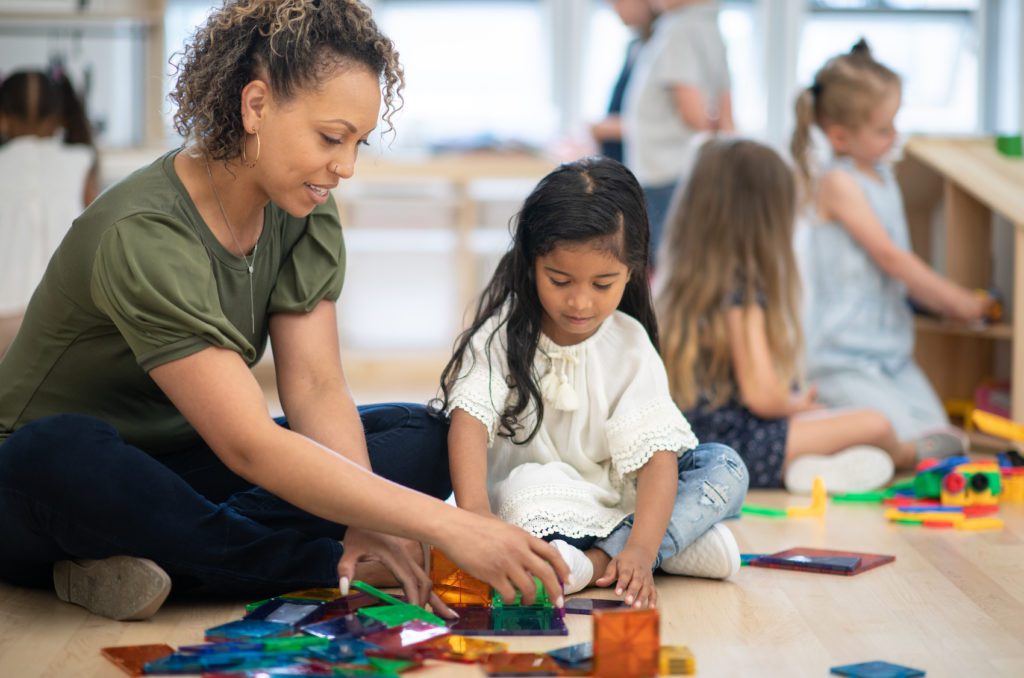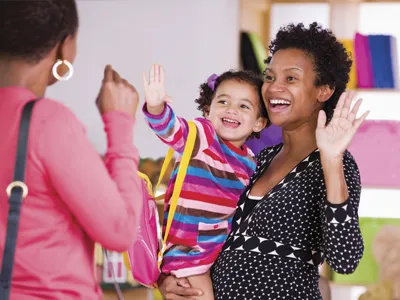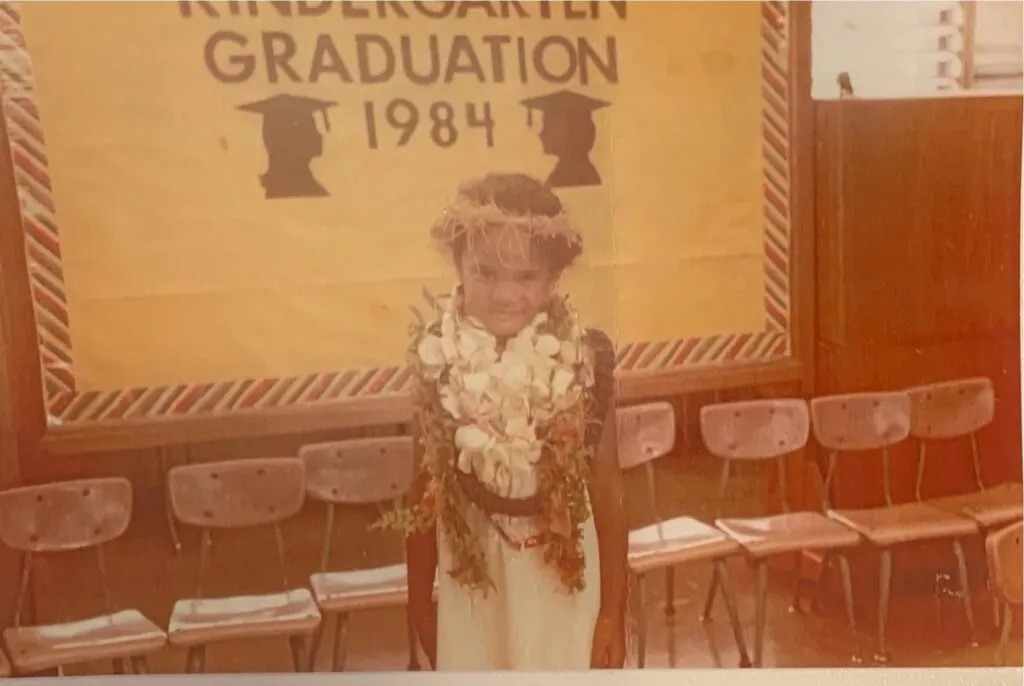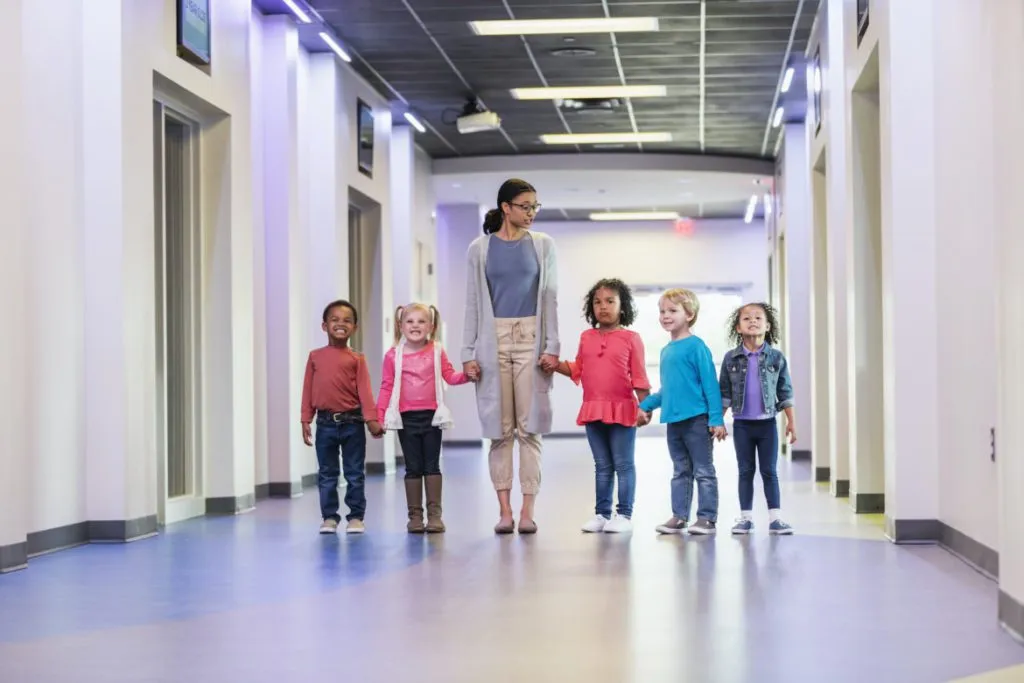Why I Don’t Equate ‘Respect’ With Secure Attachments Anymore

As a coach, I do not usually help with teachers’ breaks. However, during the holidays, we were short-staffed. While helping with breaks at a site, the lead teacher left for her lunch, and I was alone with the aide as children transitioned from snack to reading books. I saw the threads of the classroom start to come undone. Their authority figure had exited, and they were not used to me. I was also unfamiliar with the daily schedule and their routines. Fortunately, the aide was able to rein things in by using the visual daily schedule, repeating the expectations and recognizing when children were following the structure of the day. I got on the floor and started reading to the children.
While I could have beaten myself up over this situation, gotten offended, or questioned my own skills, I had to break things down mentally. It was a great example of how children do not automatically show respect for adults just because they exist.
What is respect?
Respect means to admire someone or something deeply because of their abilities, qualities, and achievements. Think about someone you admire or respect, such as a caregiver, teacher, or supervisor. Did they provide care and comfort in your life? Did they give you opportunities or see your value? Did this person accomplish specific achievements related to your values and expectations? Maybe they took time to get to know you. Regardless of the reason, we give our respect to those we feel have earned it.
How does a teacher cultivate respect?
Considering the reasons why we admire and respect others, children are no different from adults. There has to be some reason or case on why someone deserves respect. A child’s greatest concern is how someone makes them feel. A child will notice who makes them feel safe and meets the daily essentials for survival (food, warmth, shelter, or hygiene). They will think about who spends time with them and creates happy memories. They may also be looking to see who respects them back! Do they get classroom rights and defense in their time of need? The adults who fulfill these needs will have a higher chance of gaining a child’s respect and admiration.
Healthy, secure attachments are key to respect.
When considering social–emotional development and attachment, we know that children need to have healthy relationships with their caregivers. They need secure attachments so they can take risks, learn, play, explore, and have peer friendships. Attachment is built by forging true connections by providing quality time, keeping promises, using active listening, and offering genuine warmth.
Relationships with children may experience some damage or setbacks, and the best way to recover children’s respect is to intentionally apologize or rectify a misstep. For example, if a teacher breaks a promise to children in the classroom, the best recourse is to own their responsibility and offer a solution: “Oh, no, I forgot to keep track of our waitlist for sensory play. Next time, I will set the timer to help me remember. During family pick-up, we can open sensory play back up so those who were waiting may have a turn.” Children usually are willing to forgive when they feel attached to their caregiver, and showing that you value your promises and children’s needs will strengthen attachment.
Keep expectations consistent, but also equitable, to maintain respect.
Children have a knack for figuring out the boundaries and limits around them. Children will explore how far they can pursue their own interests or motivations before there is a strong reaction from the adults. They quickly learn whether the teacher is serious or full of hot air. They will watch how the teacher responds to them and others.
For example, was the teacher’s reaction to limit-testing behavior consistent with classroom expectations? If the teacher needed to make an exception to the rules to promote equity, did they explain why? Consider a class in which children are expected to sit on carpet squares during large-group time and one child needs a more accessible seat. Some of the children may object to the appearance of an inconsistent expectation. The teacher might explain, “I want you all to know that Mia has a special seat during large group because she feels safer in this seat. Thank you to those who are sitting on our carpet squares: it provides more room for everyone.” When children see consistency, it raises their level of respect for the teacher.
Overall, there is no need to demand or expect respect from children. The best practice is to build relationships and create an environment where children feel recognized and safe. This will create a community of respect for all.

Create Strong, Positive Relationships With Children and Families
Lay the foundation for a positive classroom community by considering six core questions that will help the children in your classroom build relationships with you, with each other, and with the larger school community.

About the Author: Ralicia Preisinger
Ralicia works as an Education Coach at Edmonds College within the Head Start and Early Education and Assistant Program, which provides quality early learning education and resources for our surrounding communities.


